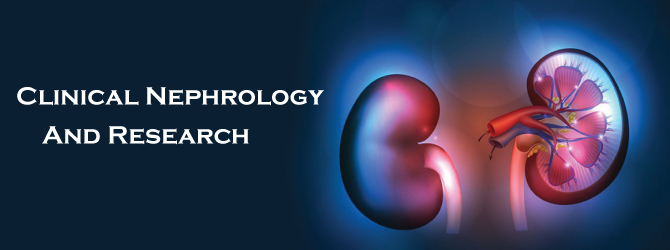
Sign up for email alert when new content gets added: Sign up
Rachel E Kaufman
Medical College of Georgia at Augusta University, USA
Posters & Accepted Abstracts: Clin Nephrol Res
Introduction/Background: Lower Urinary Tract Dysfunction (LUTD) significantly impacts children and their families emotionally and psychologically. The purpose of this study was to explore the correlation between objective quality of life and severity measures with subjective reports of symptom quantity by assessing responses to the Pediatric Urinary Incontinence Questionnaire (PINQ), which assesses quality of life in children with LUTD, and the Vancouver Non-neurogenic Lower Urinary Tract Dysfunction Elimination Syndrome (VNLUTD) questionnaire, which quantifies symptom severity. Methods: A retrospective chart review was conducted to extract symptoms reported by patients who presented with LUTD from 2018-2021 and completed PINQ and VNLUTD. The relationship between PINQ and VNLUTD was evaluated using Spearman’s rank correlation coefficient. Associations between number of symptoms and PINQ (N=288) and VNLUTD (N=270) scores were assessed using Kruskal-Wallis tests. A Dwass, Steel, Critchlow-Fligner multiple comparison procedure was used to assess for multiple comparisons. Symptoms evaluated included constipation, dysuria, hematuria, urinary tract infection, urgency, and frequency. Results: The mean (SD) age was 9.6 (3.8) years old. The majority of patients were female (56%) and White (55%). PINQ and VNLUTD scores were positively correlated (=0.3822, p<.0001). Results of a Kruskal-Wallis test showed that while PINQ scores differed across total number of symptoms (p=0.0167), after adjusting for multiple comparisons, there were no statistically significant differences found. Results of a Kruskal-Wallis test showed that VNLUTD scores differed across total number of symptoms (p=0.0064). After adjusting for multiple comparisons, total symptoms equal to 1 or 2 or 3 or 4 had significantly higher VNLUTD scores than 0 symptoms (p=0.0400, 0.0241, 0.0411, 0.0205, respectively). Conclusions: This study was internally valid as evidenced by the statistically significant positive correlation between PINQ and VNLUTD. However, while subjective symptom quantity showed a statistically significant positive correlation with symptom severity, it did not have a statistically significant correlation with quality of life scores. Thus, in order to maximize effective treatment for pediatric patients with LUTD, it may be necessary address patients and families globally rather than by individual symptomatology in addition to working with parents and patients to help them understand that the condition is multifactorial. Recent publications 1. Ates KM, Vaizer RP, Newton DC, Hao S, Mahoney K, Morganstern BA. Rare case: Ureteropelvic junction complication presenting with bilateral labial abscesses and urosepsis requiring nephrectomy. Urol Case Rep. 2021 May 7;37:101705. doi: 10.1016/j. eucr.2021.101705. PMID: 34036047; PMCID: PMC8136439. 2. Nelwan D, Mount C, Morganstern B, Chan JT. Infant With Severe Penoscrotal Hypospadias: A Complex Case of Genital Ambiguity and Mistaken Identity. Cureus. 2021 May 23;13(5):e15191. doi: 10.7759/cureus.15191. PMID: 34178511; PMCID: PMC8218553. 3. Vaizer RP, Benton JZ, Morganstern BA. First Case of a Term Male Born with Aphallia and Complete Urethral Atresia. Urology. 2021 Oct;156:e127-e130. doi: 10.1016/j.urology.2021.05.038. Epub 2021 Jun 1. PMID: 34087315.
Rachel E Kaufman is a third-year medical student at The Medical College of Georgia at Augusta University mentored by Pediatric urologist Dr. Bradley A Morganstern, Chief of Pediatric Urology at Augusta University. His research interests include Health-Related Quality of Life issues and novel investigations in obtaining functional data from sonographic images in Pediatric urology conditions.